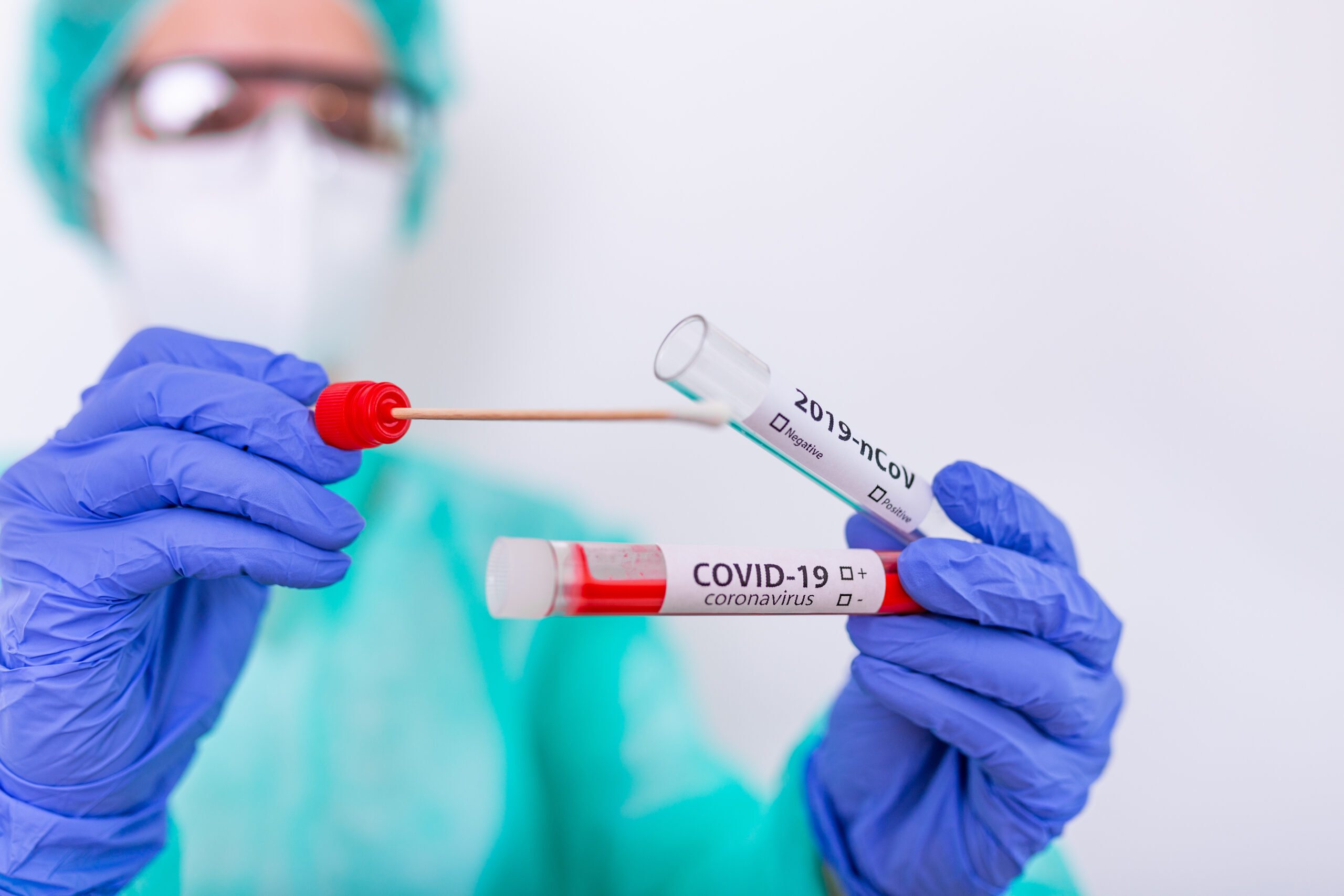After months of “breaking news”, new information about the SARS-CoV-2 can be hard to digest. It seems like the medical industry is being pulled into multiple different directions– from treatment, to vaccines, to testing development. With an ever-increasing amount of research done on coronaviruses, let’s look into some of the basic science that informs more advanced research on treatments and vaccines.
First and foremost, COVID-19 is caused by a virus called SARS-CoV-2, which targets human ACE2 receptors. These receptors are often found on respiratory cells, but many are also present in other organ systems. This explains why some individuals infected with SARS-CoV-2 experience lung failure. The large amount of ACE2 receptors in respiratory cells is also why SARS-CoV-2 often causes symptoms such as coughing and difficulty breathing; you can read more about this in a previous Morning Sign Out article.
When confronting a viral pandemic, one of the major concerns is accurately and quickly diagnosing patients who have contracted the virus. There is still a lot of research being done on improving testing methods, especially because some tests have been shown to have questionable accuracy. Recently, there has been a shift in attention to a CRISPR-based diagnostic system known as SHERLOCK. The system works by identifying specific regions of DNA on the virus, making more copies (known as “amplifying”) of that region, and then adding fluorescent markers to that region so it can be visualized. The process ultimately indicates if the virus is present in a human sample. Unfortunately, SHERLOCK is still in the research phase for COVID-19 and is not yet available clinically. Another commonly used testing method is Polymerase Chain Reaction (PCR), which amplifies a specific segment of DNA that belongs to the virus at hand. While both methods work to identify a virus in a biological sample, compared to SHERLOCK, PCR takes much longer for results to come out, involves more equipment, and is difficult to administer in the field.
SHERLOCK utilizes CRISPR techniques of genome editing for COVID-19 diagnostics.
Image Source: Emma Farrer
Once COVID-19 has been diagnosed, the focus then shifts to treating symptoms of the disease. One particular drug that has been receiving attention for its antiviral properties is remdesivir. Remdesivir works by blocking viral reproduction and has shown efficacy in treating similar coronaviruses. Although this is exciting news, further clinical testing still needs to occur in order to make broad statements about its use against COVID-19. While there are other drugs currently under testing, the National Institutes of Health (NIH) at present recommends against the usage of these drugs unless under a clinical trial. These include hydroxychloroquine, lopinavir, and HIV protease inhibitors. While the above drugs may be in use or under rigorous testing, they generally only serve to reduce the symptoms caused by COVID-19. In order to fully “cure” COVID-19, there needs to be a focus on preventing the spread of the SARS-CoV-2 and developing a vaccination.
When doing your own research on the coronavirus, make sure your sources are citing reputable research articles. Better yet, ensure these sources are peer-reviewed, meaning they have been subject to evaluation by other scientists. In the time of a pandemic, as individuals look to scientists for a glimpse of hope, be sure to seek out accurate scientific information regarding COVID-19, its treatments, and the future of a vaccine.
Featured Image Source: Graphicroyalty










